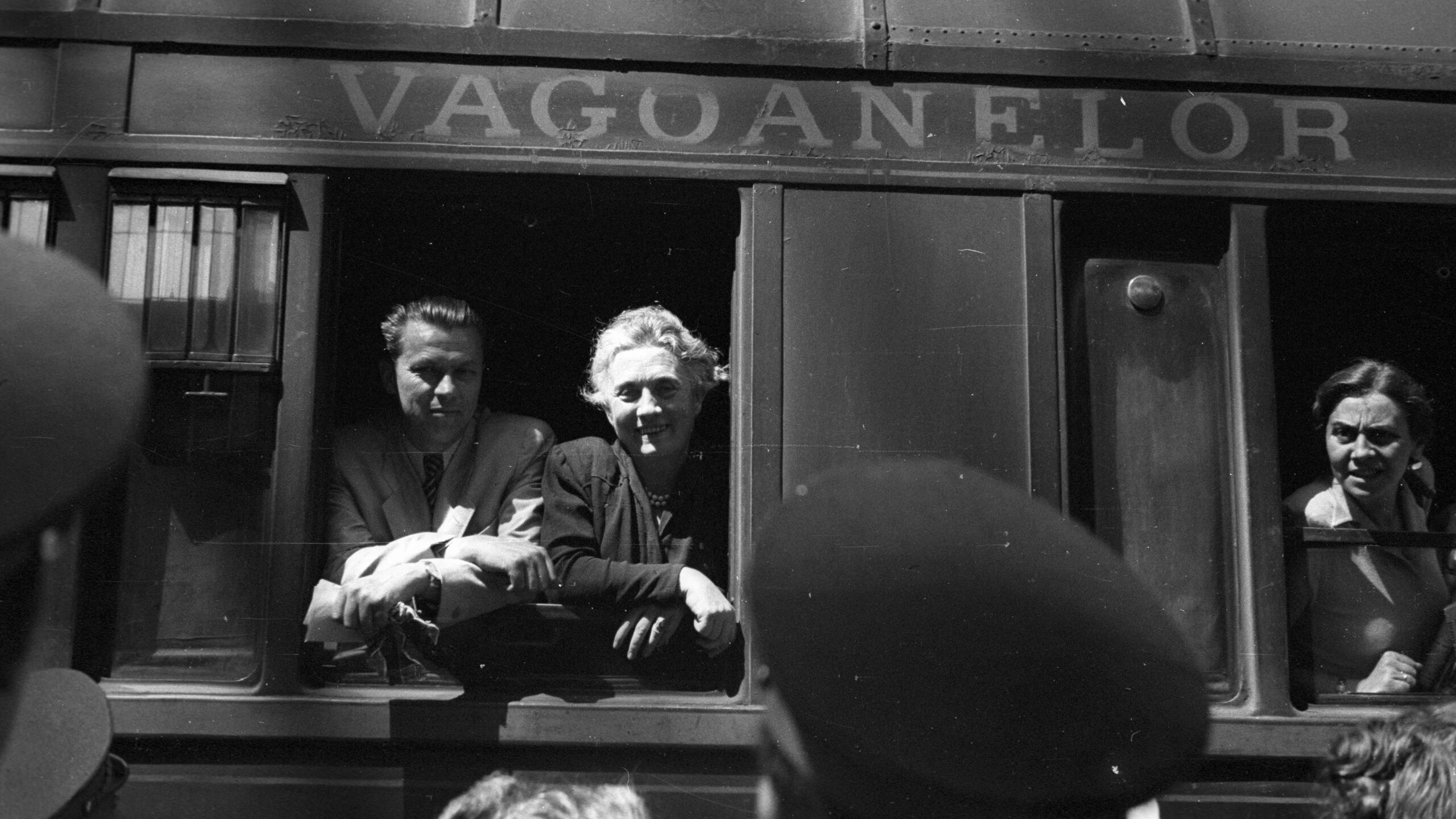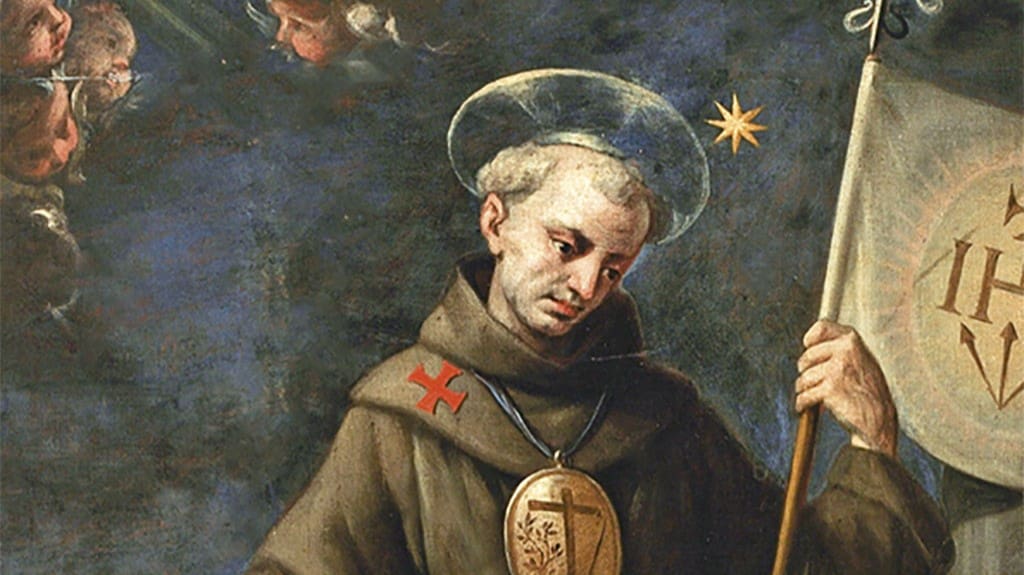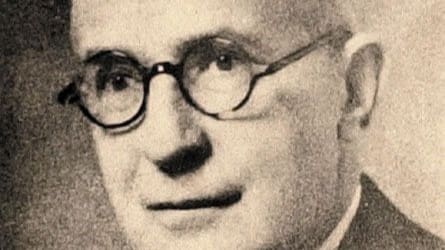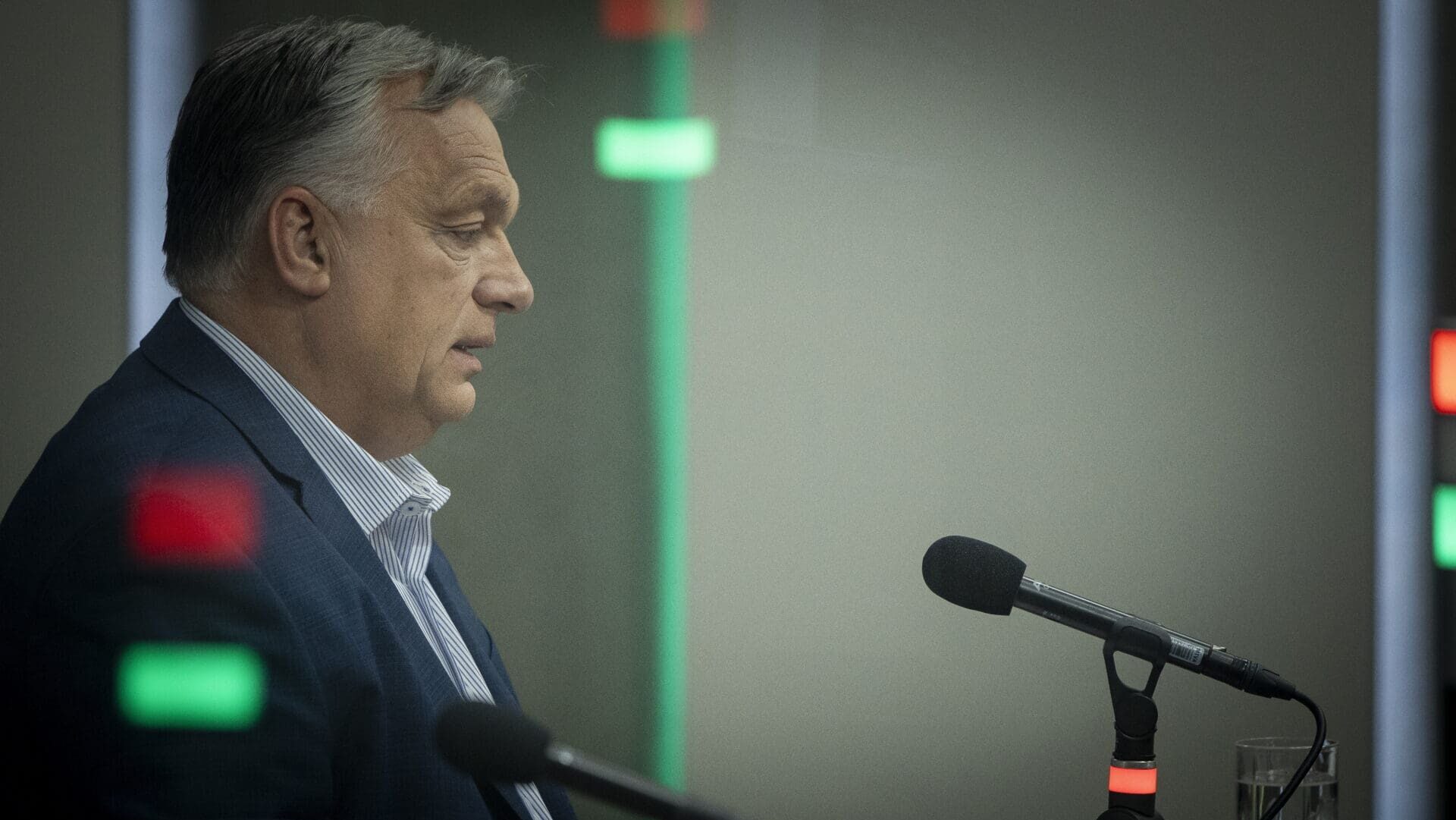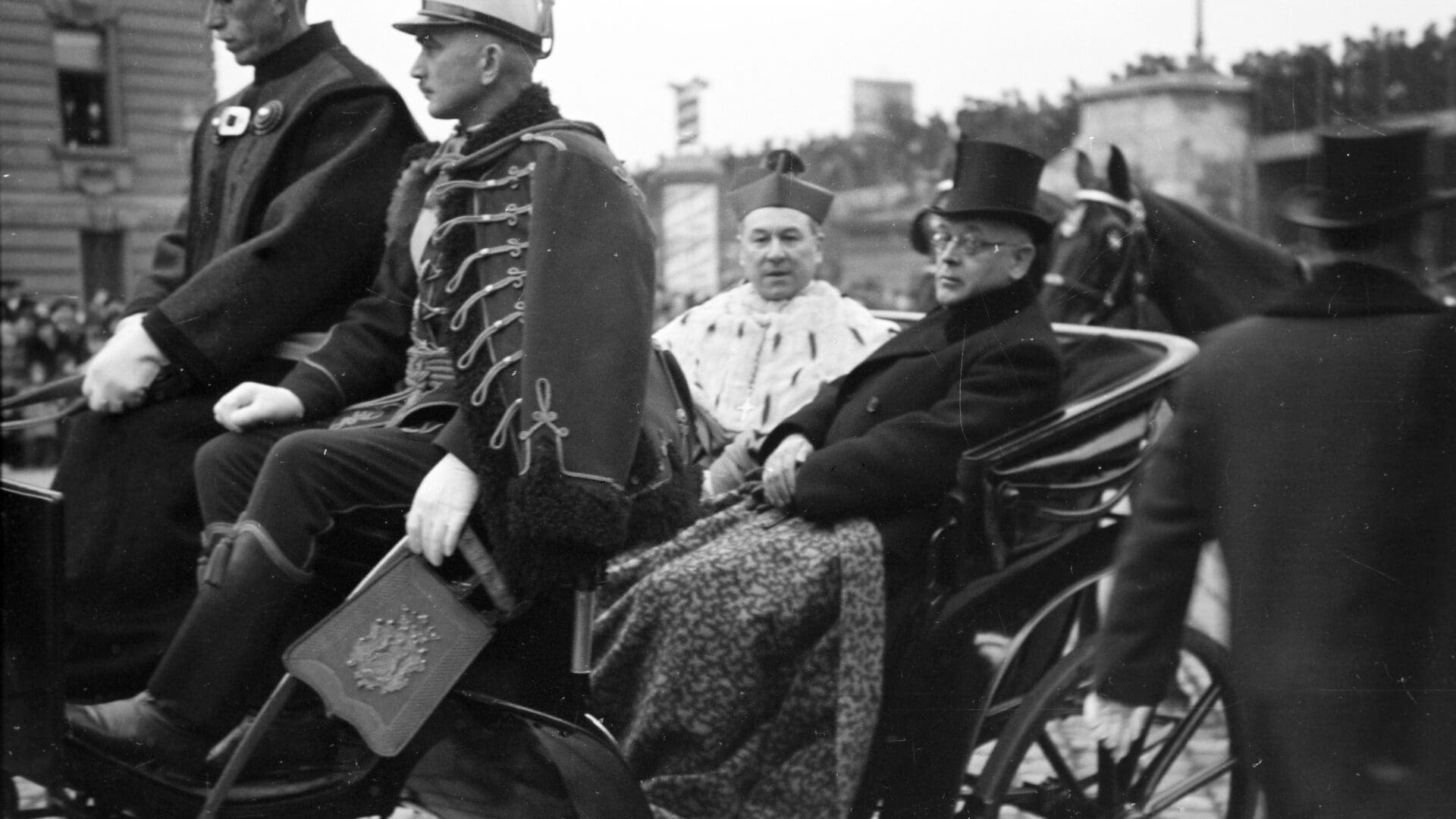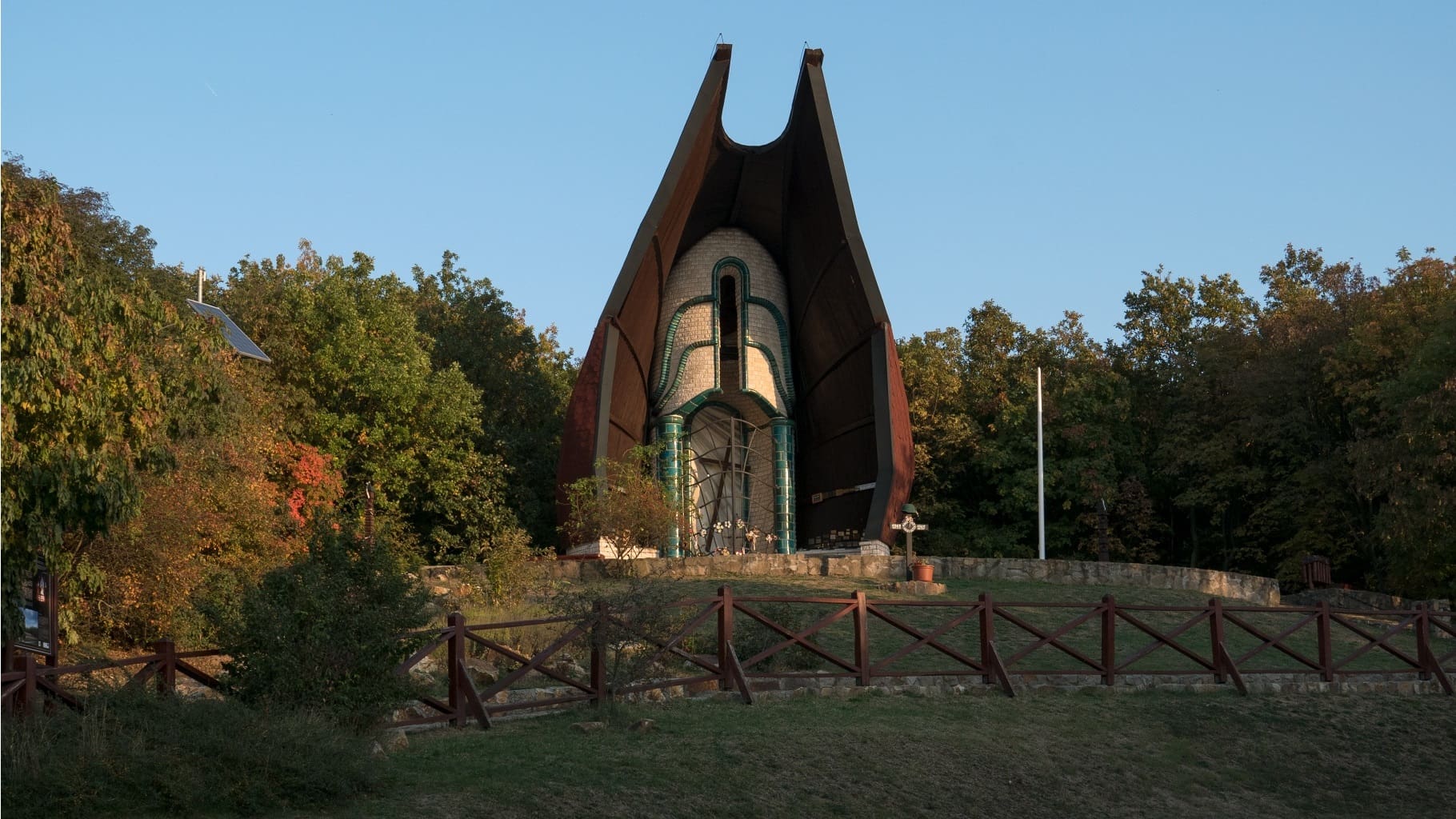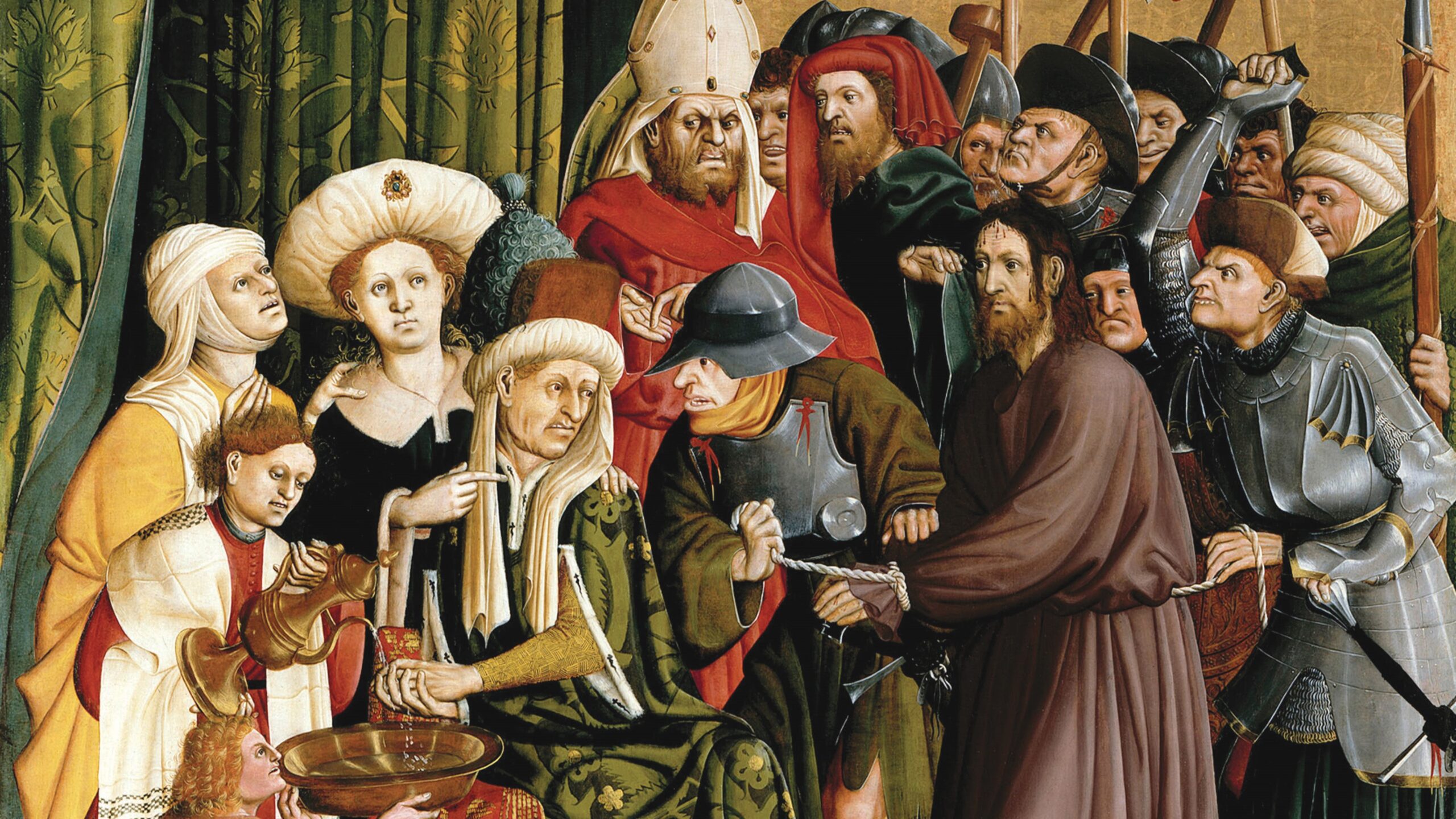
Fifty Shades of Conservatism
‘Coming up with an authoritative definition of conservatism is not an end in itself so much as a sort of ritualistic pursuit, which we perform expecting some change from it along the lines of a deeper understanding of our past, our present, and the mysteries of the human species and the world. There are any number of ways in which the history of conservative thought could be written, if only as a story of the attempts at grasping the very notion of conservatism.’

